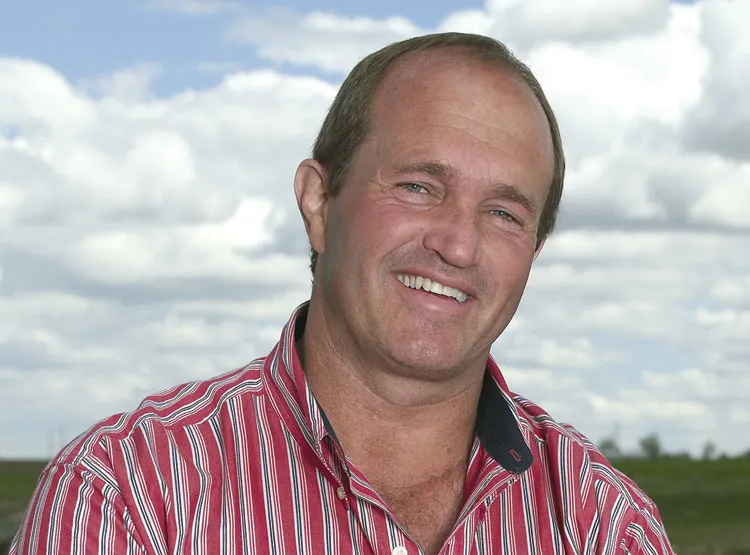Pat Craig rescues 1,000-plus wild creatures

KEENESBURG — Pat Craig didn’t want to be the person to walk by a caged carnivore, feel sorry for it and go on with his life.
Instead, Craig paused his studies at the University of Colorado Boulder to create what eventually would become the world’s largest and oldest nonprofit sanctuary with three sites in Keenesburg, Springfield and, most recently, Boyd, Texas. Together, the facilities encompass more than 10,500 acres of space with 120 large acreage habitats specific to exotic and endangered carnivore and hoofed species.
Craig founded The Wild Animal Sanctuary in January 1980, rescuing more than 1,000 captive animals from…
THIS ARTICLE IS FOR SUBSCRIBERS ONLY
Continue reading for less than $3 per week!
Get a month of award-winning local business news, trends and insights
Access award-winning content today!

